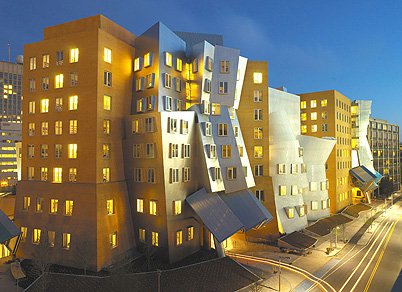The transit of Venus is over, but it gave me an idea on another post. This post will be describing the application of nanotechnology for the study of the largest objects, more commonly known as astronomy.
1) Graphene
As it turns out, graphene has yet another use. It has been conceptualized to use graphene as a way to protect spaceships from meteor debris and other substances that could cause corrosion of the ship. Due to its properties of being
strong, flexible, cheap, and easy to make, it does not corrode, easily, thus protecting the spaceship.
(source)
Other than astronomy, this anti-corrosion property can protect objects on Earth from oxidation.
2) Space elevator
The space elevator applies carbon nanotubes to make a shaft to let an elevator climb and get into space.
3) Telescopes: X-Rays
Above, is a chart that describes the wavelength of lights. Visible light is where there is the triangle of colors in the middle of the chart. From the 10nm to the 10-3nm (10-11 meters) is a type of light called x-rays. X-rays are especially useful in astronomy. They help us take pictures of stars, detect properties of the stars and help us collect information on dark energy, black holes and neutron stars. Also, before the nanoscope was invented, it let us see things at the nanoscale, as particles at that size are to small to see with light. In other words, it lets us see things that a regular microscope can not see, like nanoparticles
However, due to the distance of the things we study in space, The changes are often very fine, and so very precise instruments are needed to detect these differences. Not only that, but the process to decipher the X-rays often takes a lot of time.
Nanotechnologies can help by making tiny mirrors that allow scientist to use X-rays more practically and with greater precision. These mirrors can diffract light to the X-ray wavelength,thus making X-rays. The newly forged method of producing X-rays is called Critical-Angle Transmission or CAT.
4) Spaceships
The true heart and soul and astronomy is essentially astronomy.
Our current a space travels are abbord huge billion dollar investments. People are trying to make this price go down by using cheaper parts or changing design plans of the shuttle.
Although these rockets seem to be totally different from each other, they have one core thing in common.
All these rockets are super-expensive projects that do not have a single mission to accomplish but a list of many tasked to accomplish while in orbit. In other words, we spend millions, if not billions of dollars to get these rockets into space to do lots of things.
There are two main things nanotechnologies can do to change this:
The first is quite obvious. Using nanotechnologies, we could make instruments on board smaller and more precise. We could also create a new type a fuel that is easier to make, cheaper, and more efficient by altering the properties of the fuel at its most basic level.
The second thing nanotechnologies could do is change the current goal of space ships. Why not create tiny little probes that do specific tasks, rather than these huge rockets that do many. It would certainly be less costly.
Even better, think about all the satellites that are in our orbit and how many are sent up each year. Now imagine that we send up a hundred or so tiny probes with each one. Each probe would the separate from the rocket, and make the rocket not only profitable to the business sending it up for business, but also profitable for science.


















